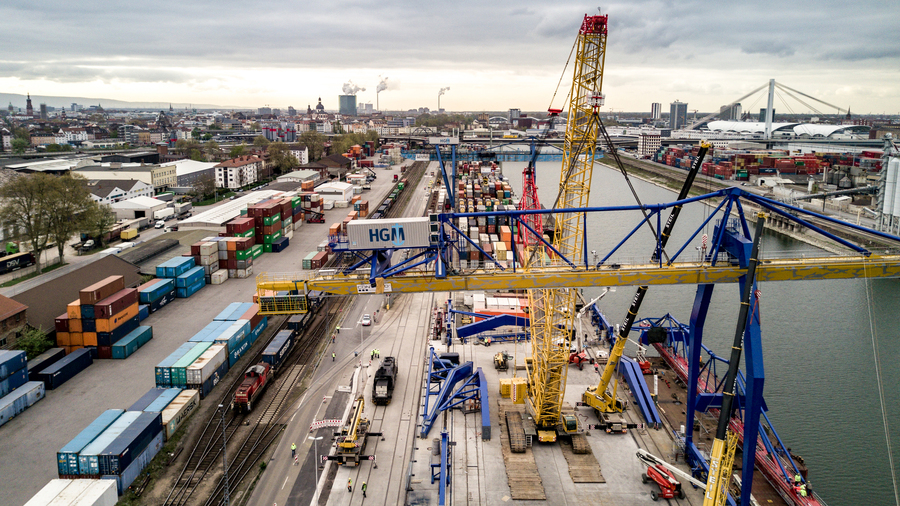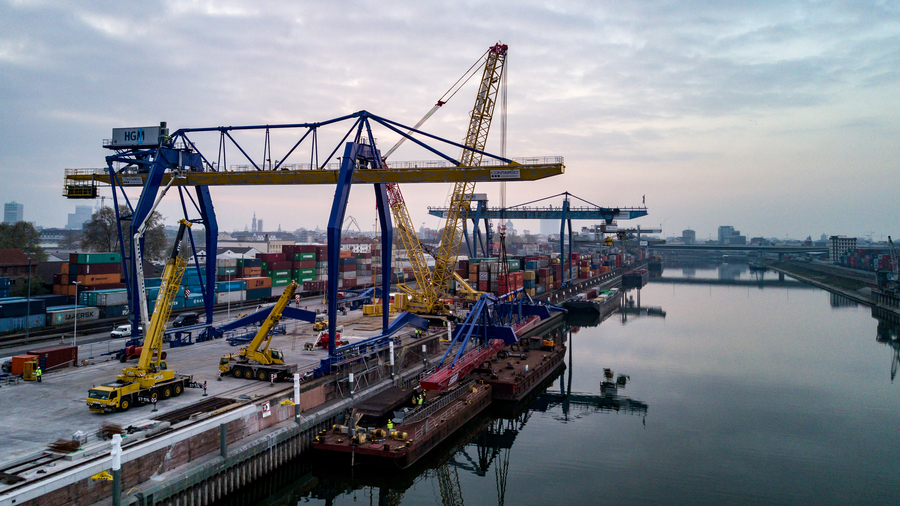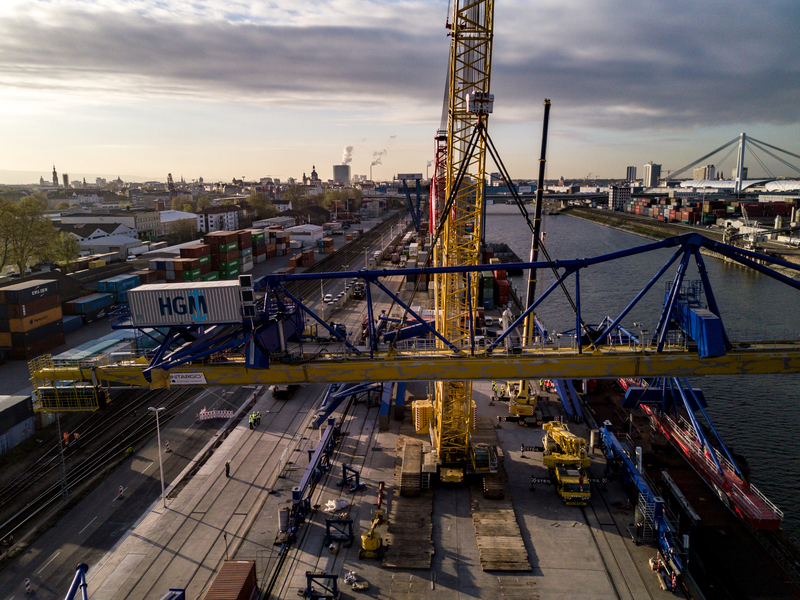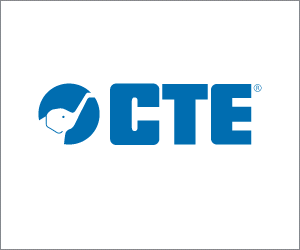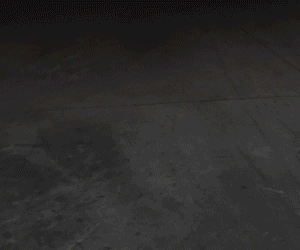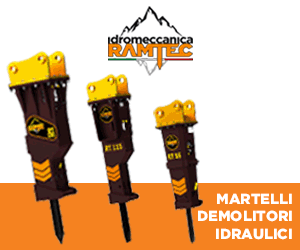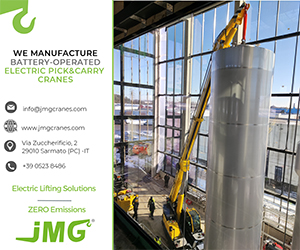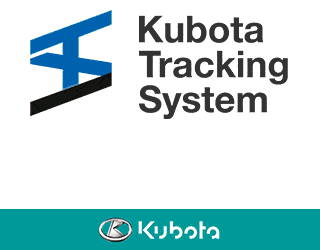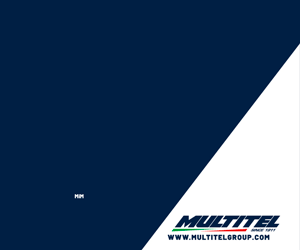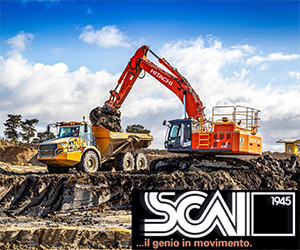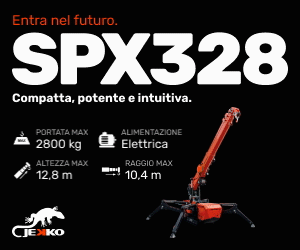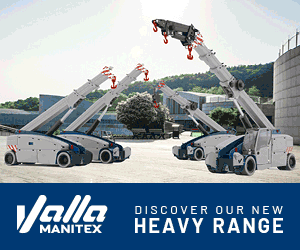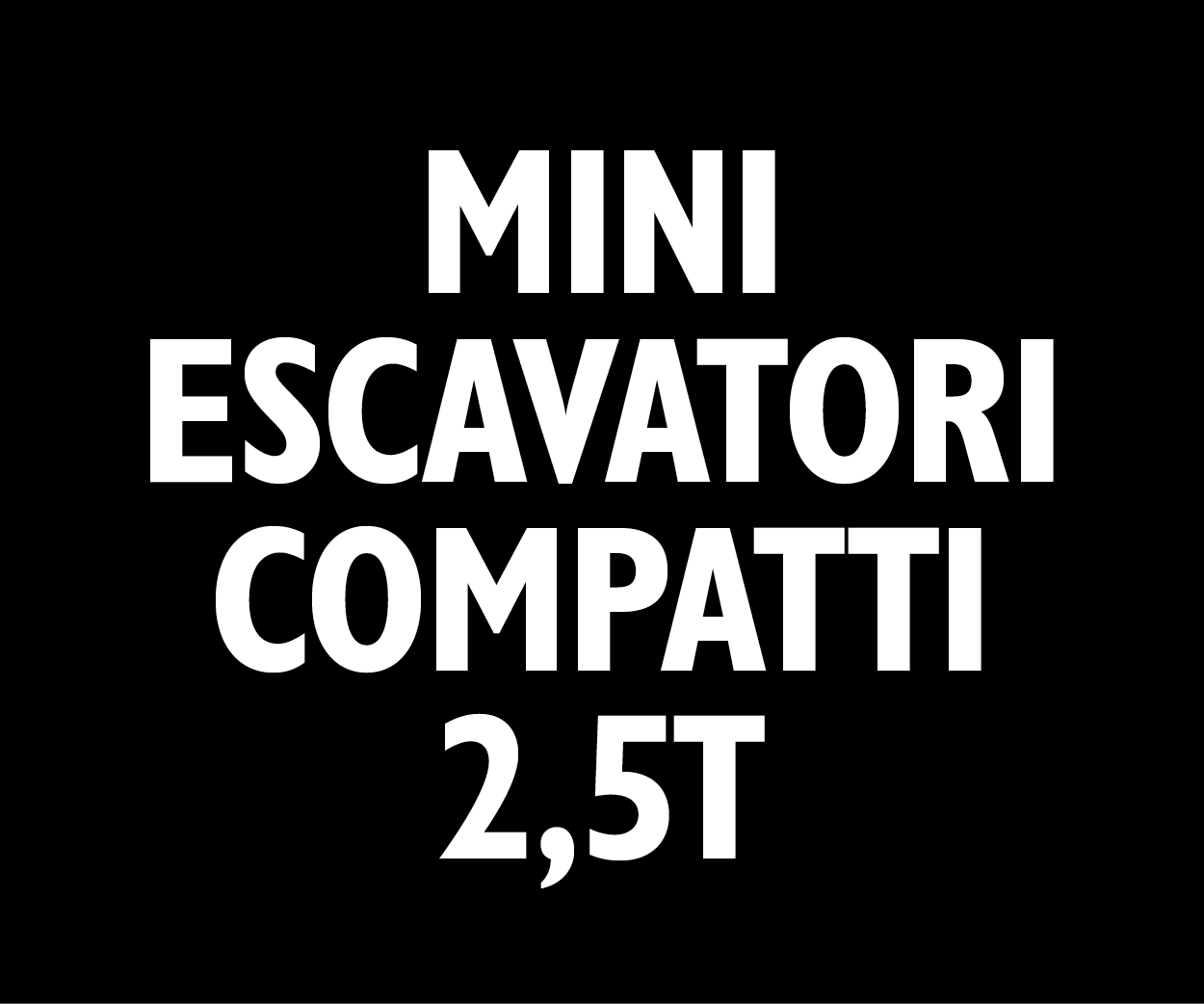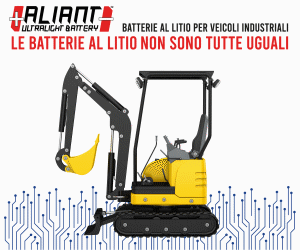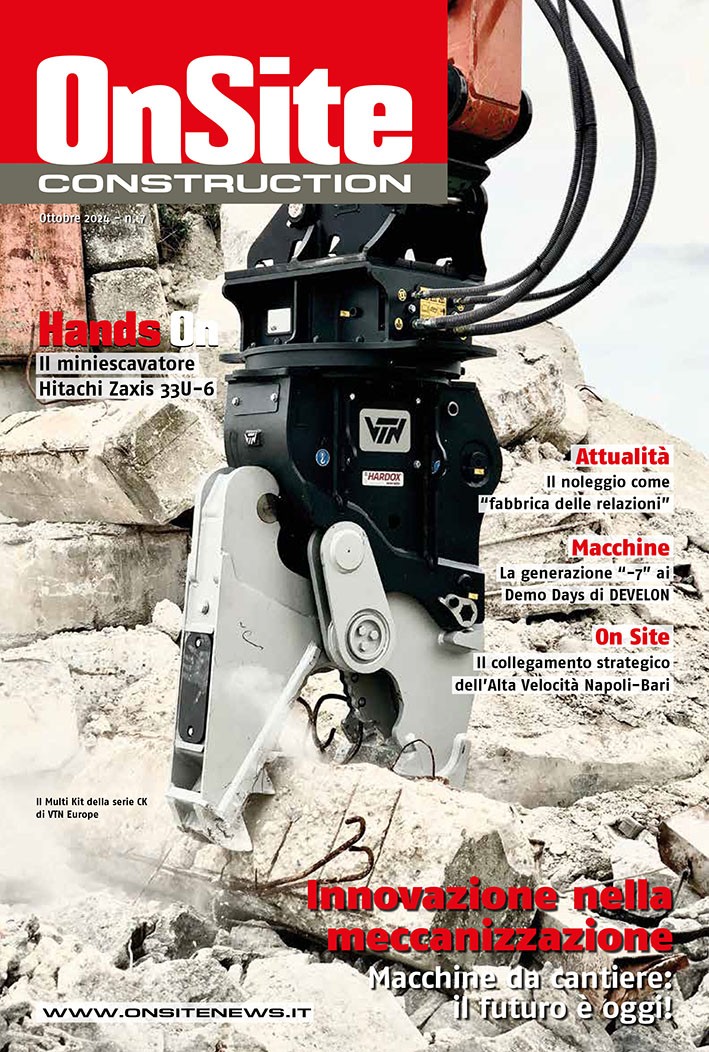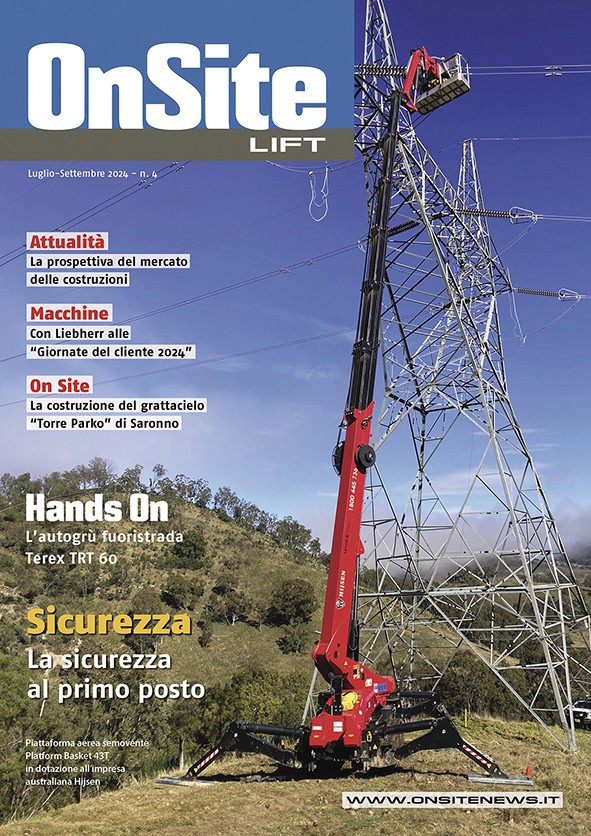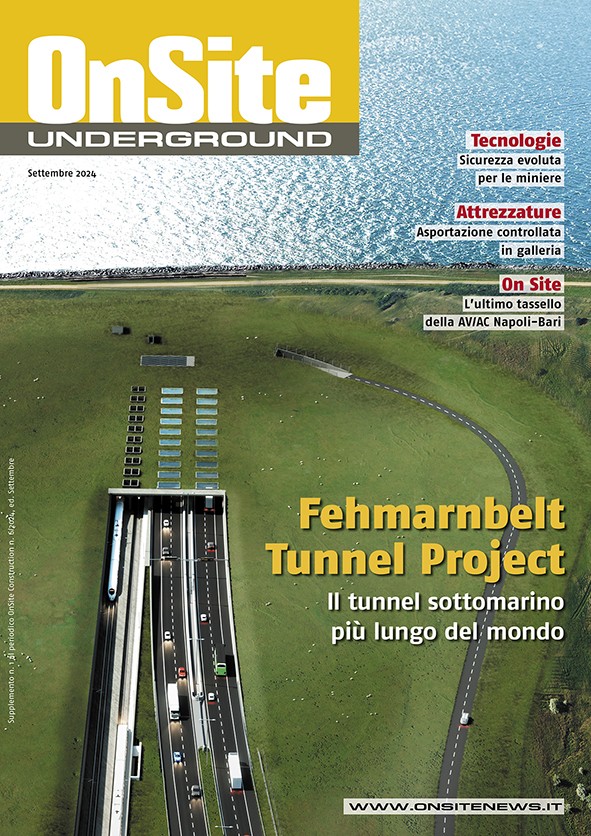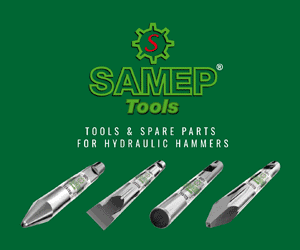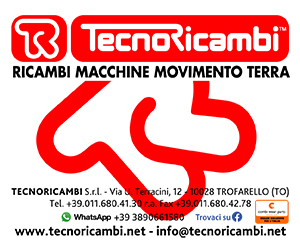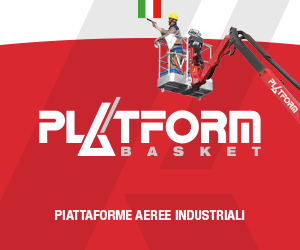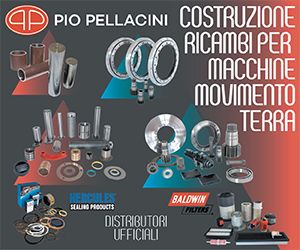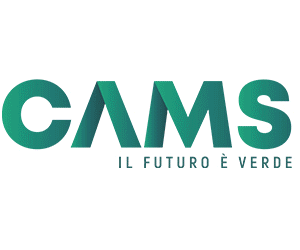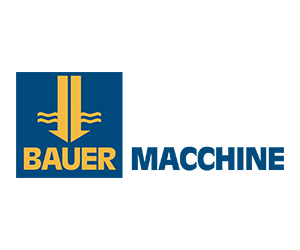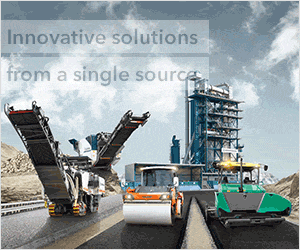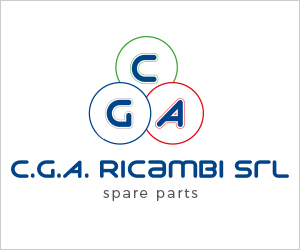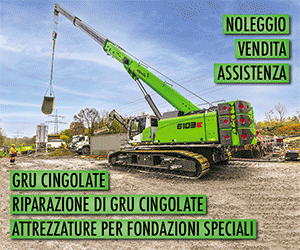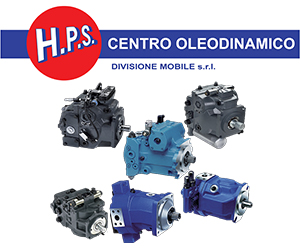Home \ International \ Harbor Project in Mannheim
Harbor Project in Mannheim
12/07/2017
Pubblicato da Redazione
Trier-based Steil was scheduled to lift two dockside cranes for assembly at the Port of Mannheim on behalf of Kranwerke Mannheim. However, before this could be done, one of the massive crane girders
Trier-based Steil was scheduled to lift two dockside cranes for assembly at the Port of Mannheim on behalf of Kranwerke Mannheim. However, before this could be done, one of the massive crane girders had to be loaded at the Speyer Port so that it could be taken to Mannheim by ship. The client for this job was Tobies, a manufacturer headquartered in Speyer. As far as the Steil team was concerned, there was only one machine that could reliably take care of both jobs: the Terex Superlift 3800.
The crane immediately demonstrated its flexibility when loading the 78-meter-long, 105-tonne crane girder onto a pontoon at the Speyer Port, as the required radius could increase by up to three meters if the load were lifted from the heavy goods vehicle and onto the pontoon at low tide. In contrast to a mobile crane with its full counterweight, increasing the Superlift counterweight and radius would enable the Superlift 3800 to take care of the lift. “That’s why we planned with a variable Superlift counterweight of 65 to 125 tonnes. That allowed the crane to work flexibly with a radius of 28 to 30 meters and made sure that the job would still be feasible even at low tide,” explains Sebastian Sehl. This meant that the Steil team was prepared for any and all contingencies at the site. On Saturday morning, the team lifted the crane girder, as well as other components, onto the waiting pontoon with ease. After this, the pontoon started off on its way to the Port of Mannheim, where the Steil team and its crane would soon be continuing with the project.
Once there, the Steil team would be erecting two container cranes at the shipyard. This would involve working with a number of components including the crane girder loaded in Speyer, which is why the team decided to rely on the capabilities of the Superlift 3800 once more. For the first step, the hinged legs for dockside crane 1 were erected with the help of two assist cranes, one belonging to the 200-tonne class and the other to the 130-tonne class. At the same time, the fully assembled, 241-tonne crane girder was lifted with the Superlift 3800, which was set up with a 54-meter-long main boom, 50-tonne central ballast, 165-tonne superstructure counterweight, and 54-tonne Superlift counterweight for the job. This configuration enabled it to pick up the fully assembled crane girder, lift it 30 meters, and then move with oad about 15 meters. With a radius of 16 to 18 meters, the crane then lifted the girder to a height of 32 meters and turned it so that it was parallel to the dockside crane’s hinged legs, which could then be bolted to both of the dockside crane’s bogies and to the girder. After this, the two assist cranes were moved so that they could bring the fixed legs into position for installation on the bogies. “During all this work, the crane had to hold the heavy crane girder in the required position without the girder swinging back and forth, which definitely was made more difficult by the wind hitting them, but never to the point that it became critical,” Sebastian Sehl reports.

Ultime notizie di Terex Cranes - Gru Comedil

Lifting
26/03/2024
Introducing the CTT 152-6 Flat Top Tower Cran
Terex Tower Cranes has launched its CTT 152-6 Flat Top Crane...

Lifting
04/01/2023
Tecno Gru Increased Fleet at Bauma 2022
Tecno Gru and Terex RT agreed on a new order for a further 3...

Lifting
23/11/2022
Terex: new partner and dealer in Africa
Terex Rough Terrain Cranes Announces New Official Partner an...
Lifting
14/10/2022
Terex Tower Cranes Unveil the New CTT 222-10 Flat Top Crane
The new CTT 222-10 is the newest in the line of city class f...
Lifting
22/06/2022
CTL140-10 and CTL260-18 Tower Cranes for GCC in Dubai
Fourteen Terex Luffing Jib Tower Cranes, as models CTL140-10...

Lifting
08/06/2022
CTT 472-20 terex tower cranes for Select Plant Hire Ltd.
UK based Select Plant Hire Ltd. has placed their first ever...
Altri International
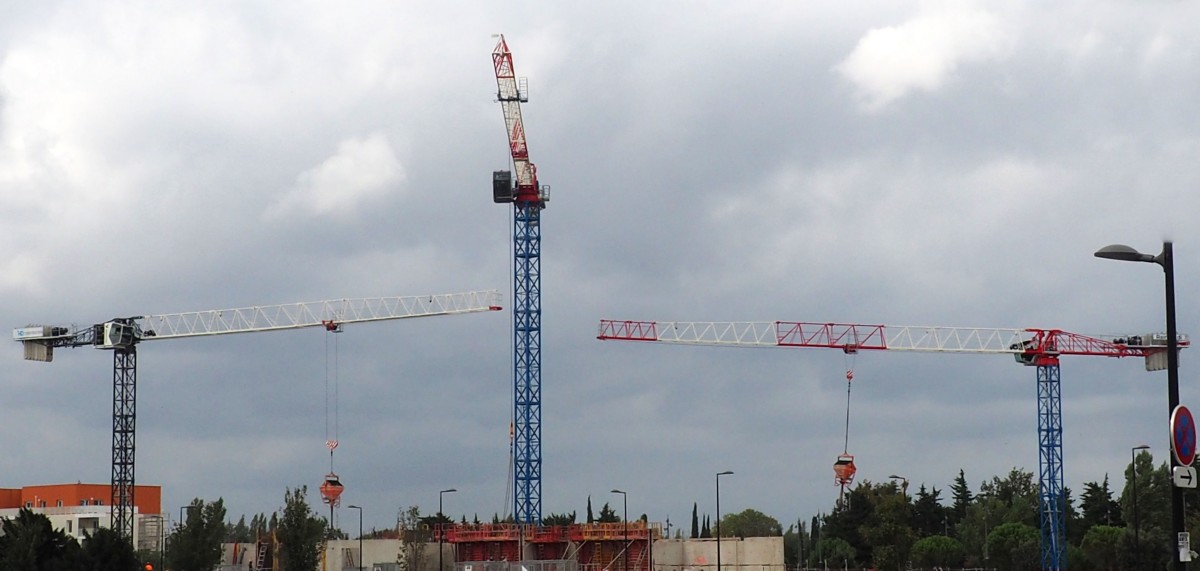
International
23/11/2024
GPMat International takes delivery of two Raimondi T147s residential development in the South of France
- Official agent of France expands its product lineup with t...
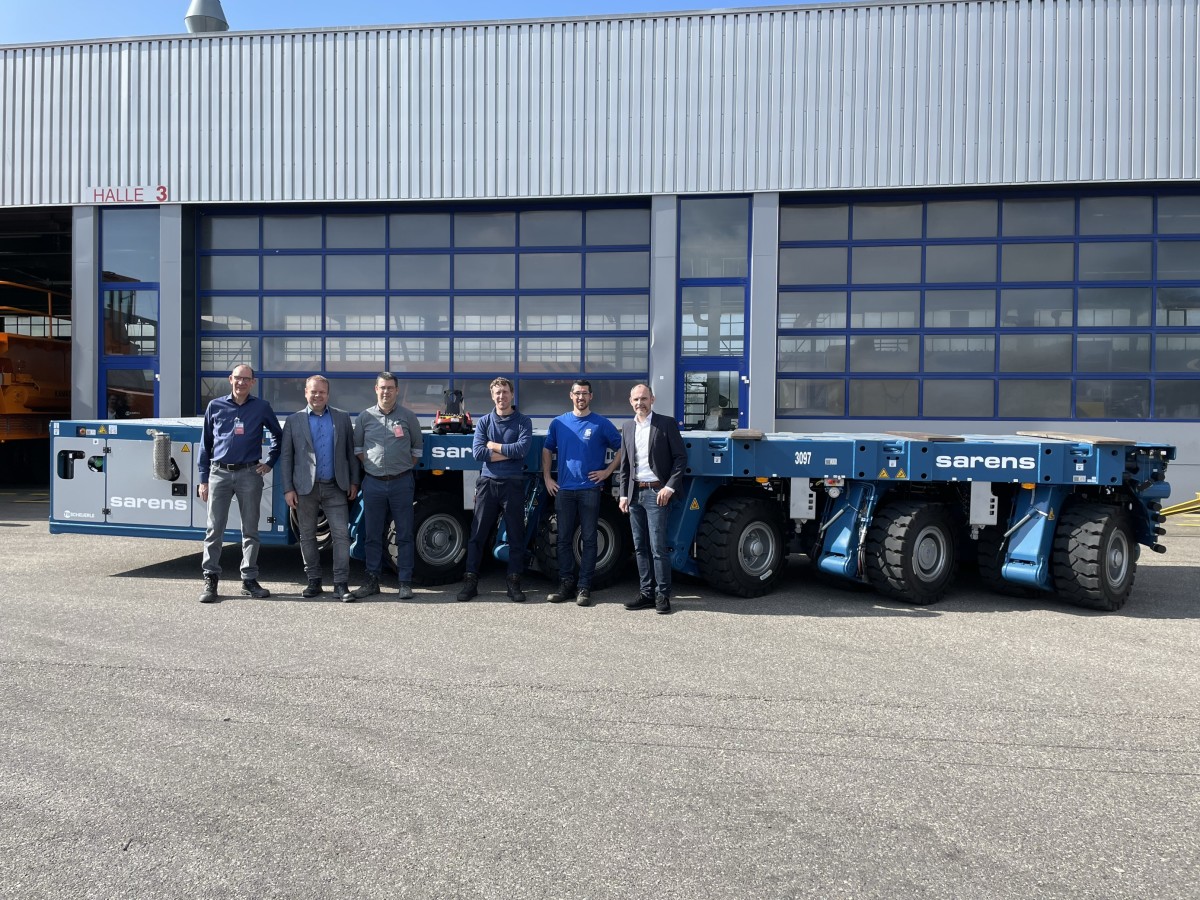
International
22/11/2024
Sarens acquires additional SCHEUERLE SPMT K24 modules
renowned for its expertise in crane rental services, heavy l...
International
22/11/2024
Five WOLFF cranes modernize Oslo’s Ulven district
With a total of five WOLFF cranes of type 7534.16 Clear, Wol...
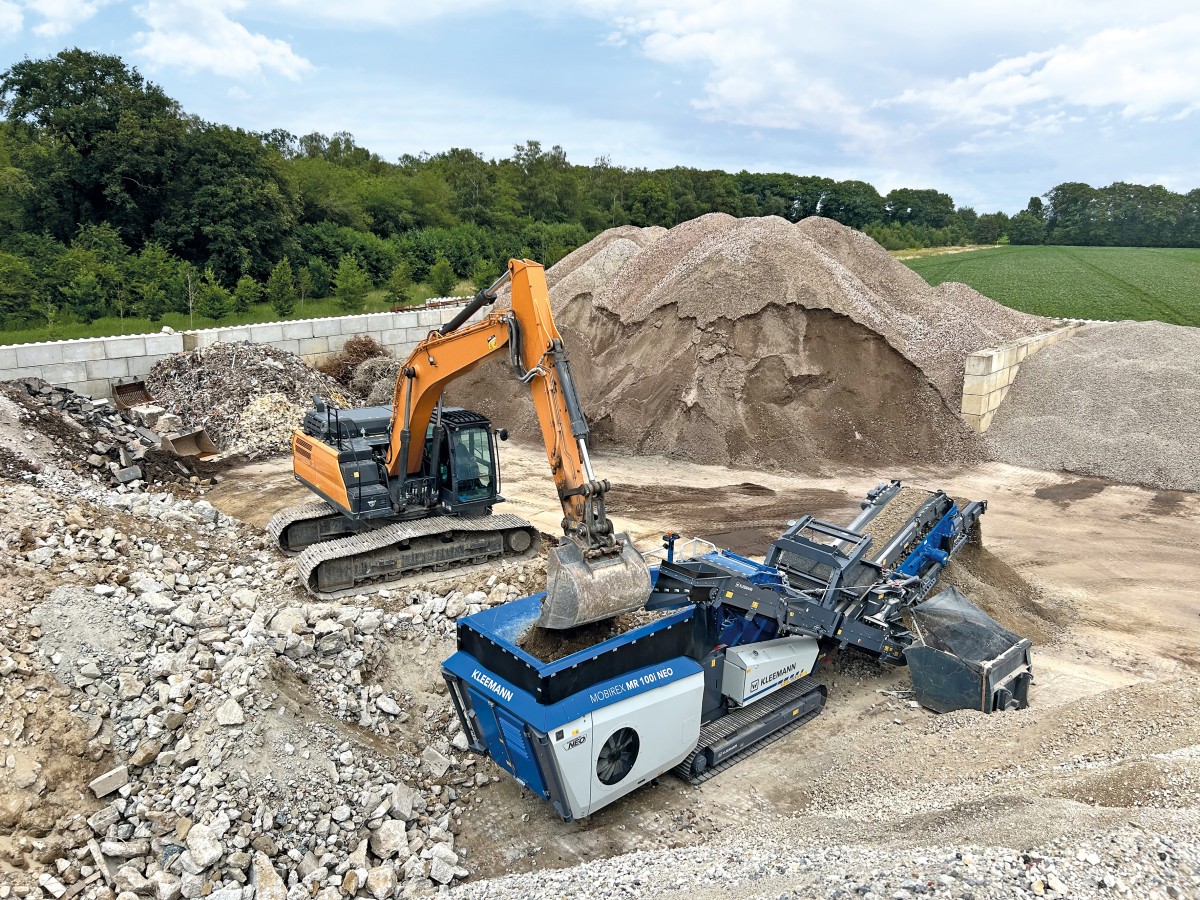
International
21/11/2024
Kleemann: New compact crusher used for recycling
Impact crusher MOBIREX MR 100i NEO impresses during operatio...
International
21/11/2024
SITECH partners with Royal Engineers to create poppy and demonstrate tech offering
The demostration involved creating a ground-level poppy desi...
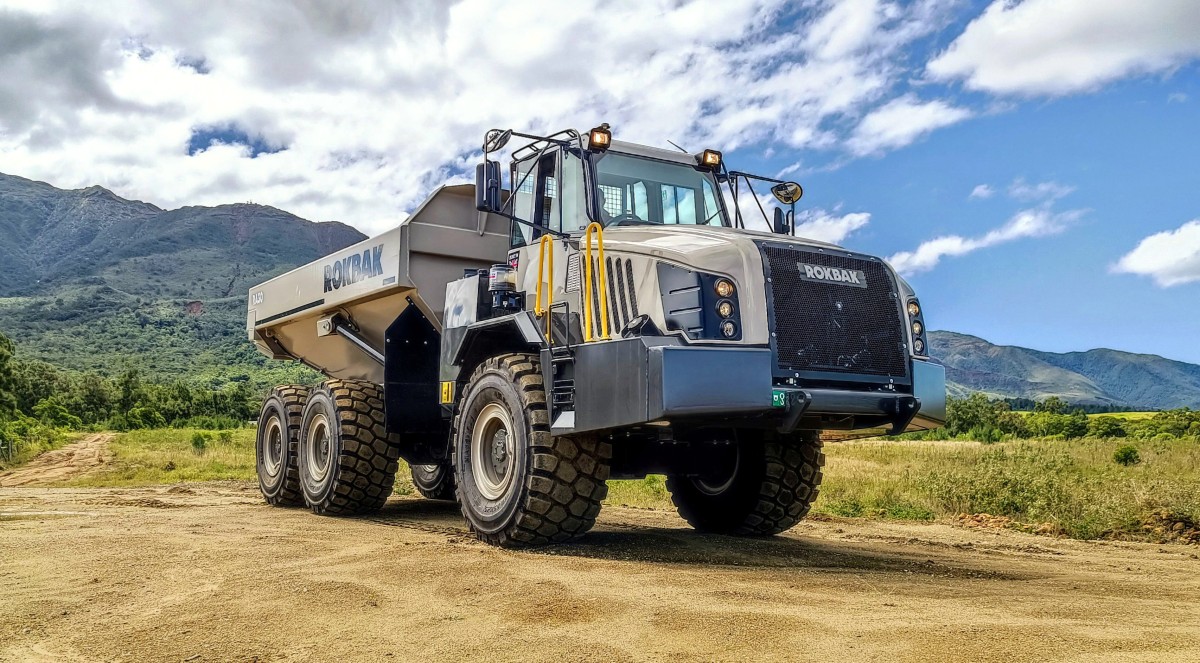
International
20/11/2024
Strong and stable RA30 trucks carry the weight at New Caledonian mine
Three Rokbak RA30 trucks are delivering exceptional durabili...











